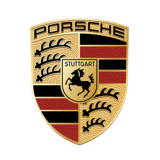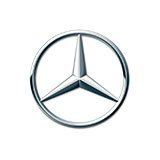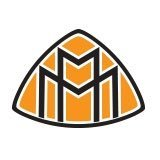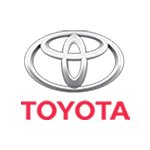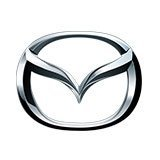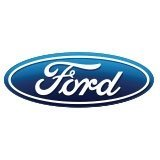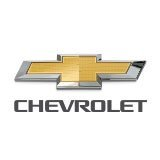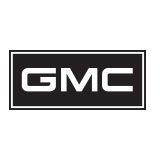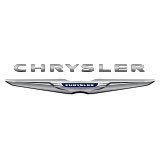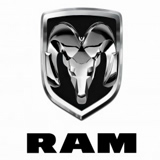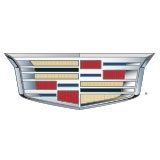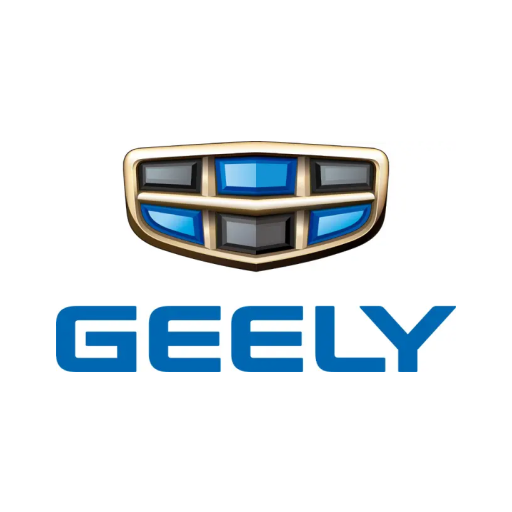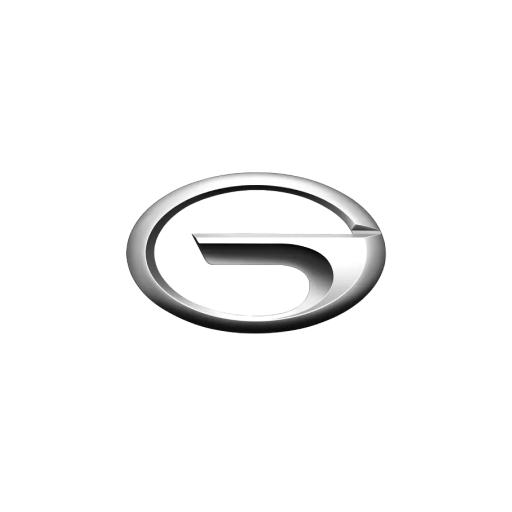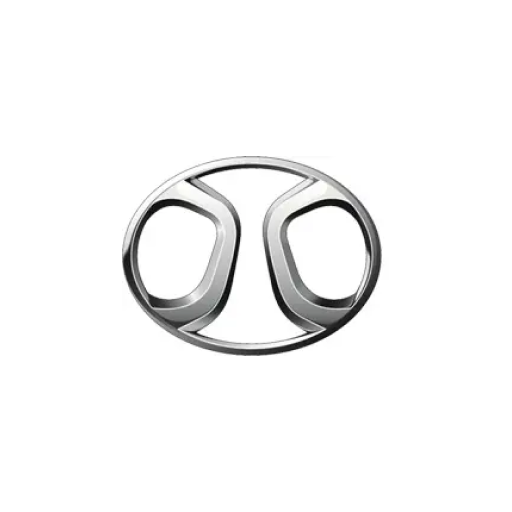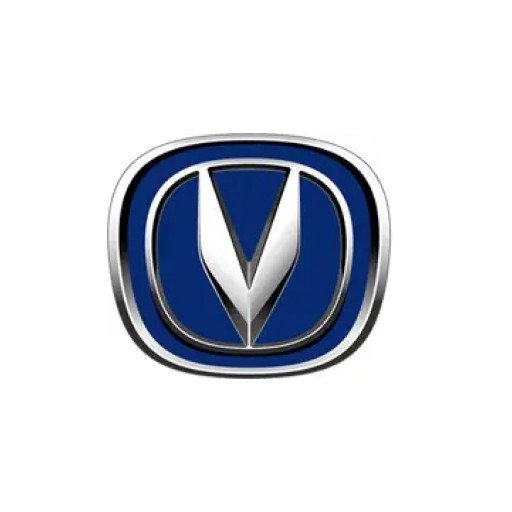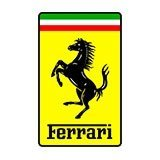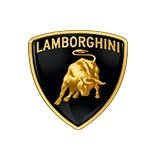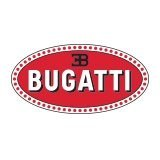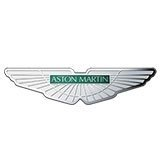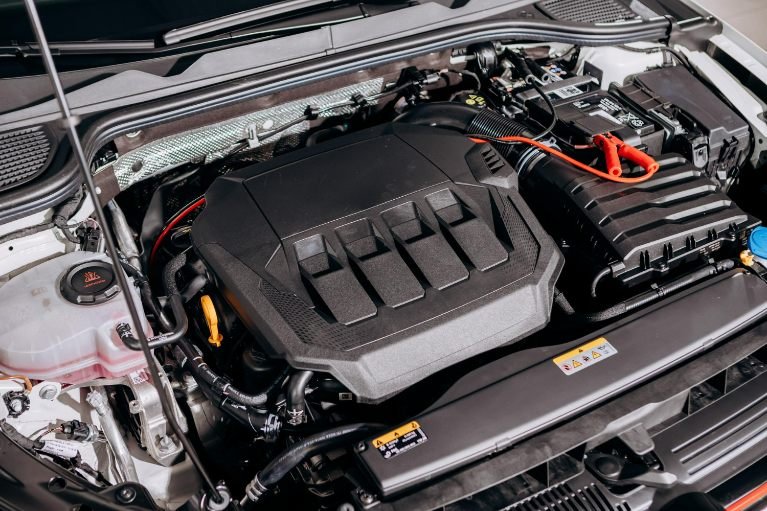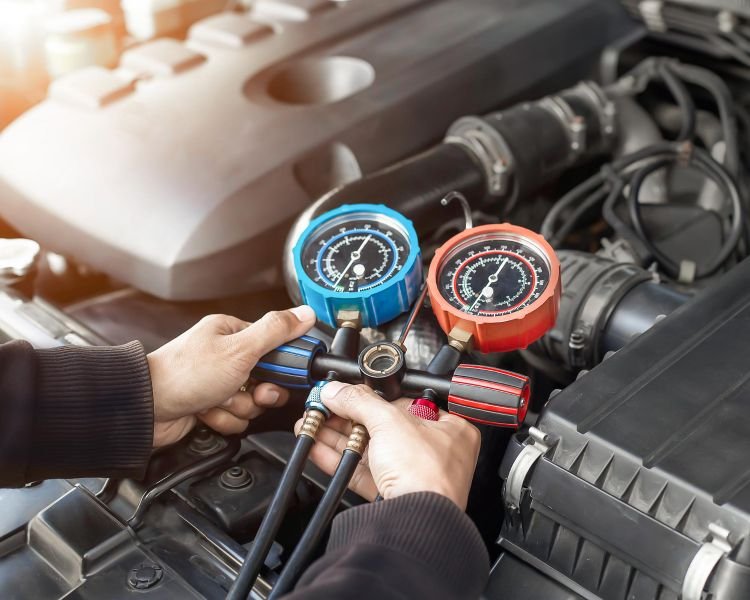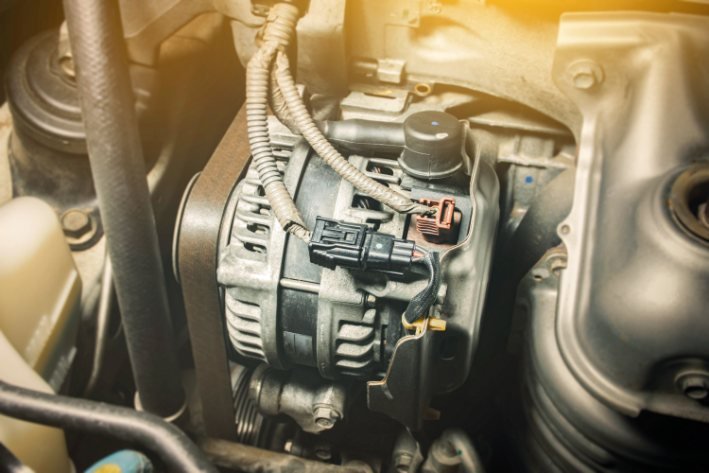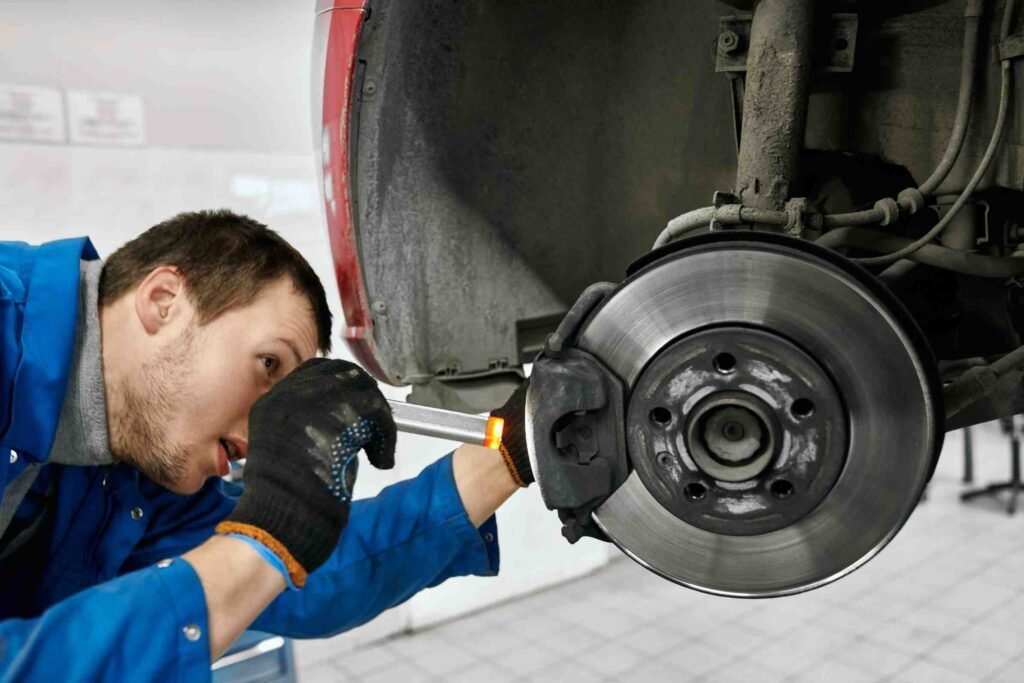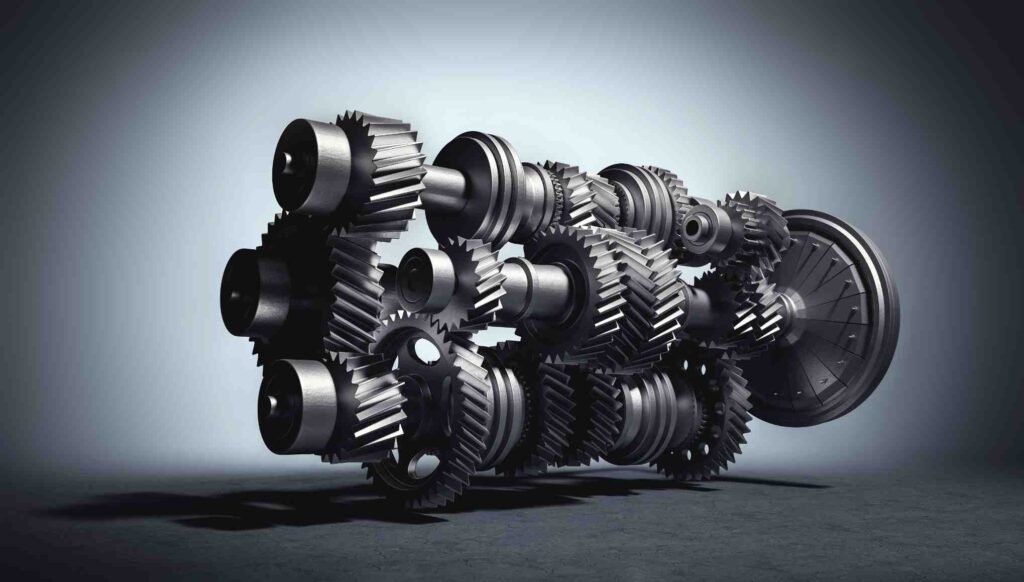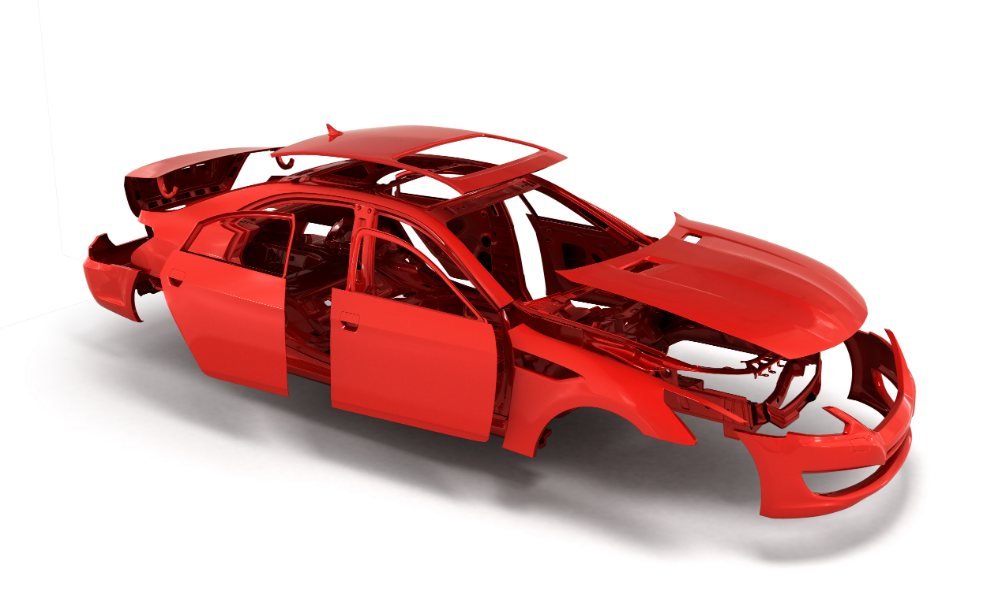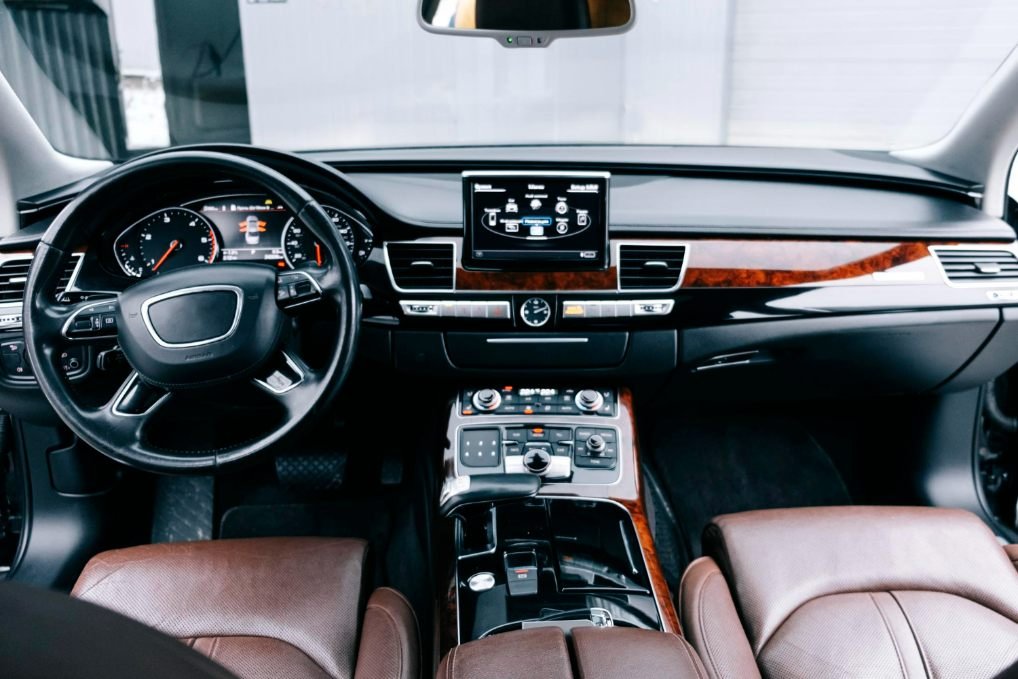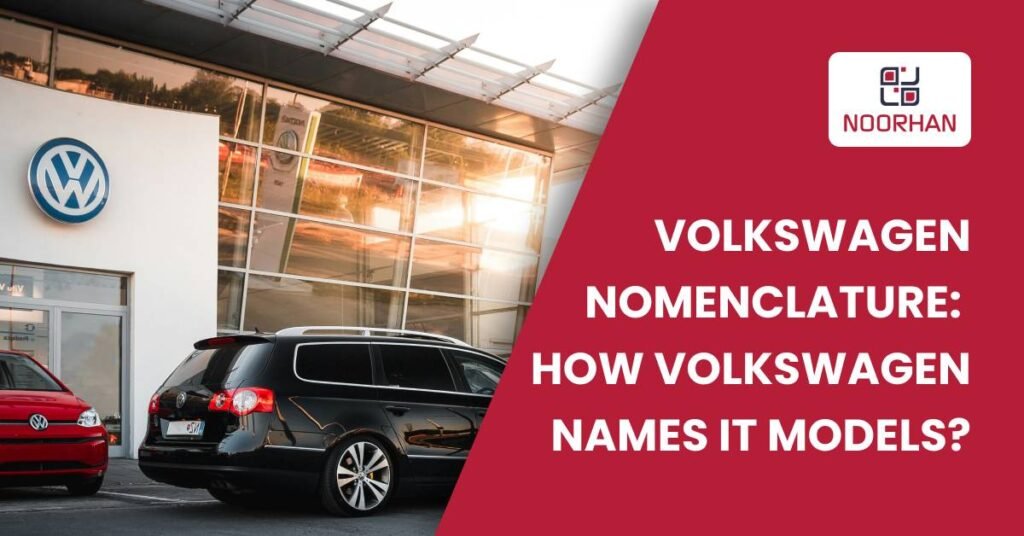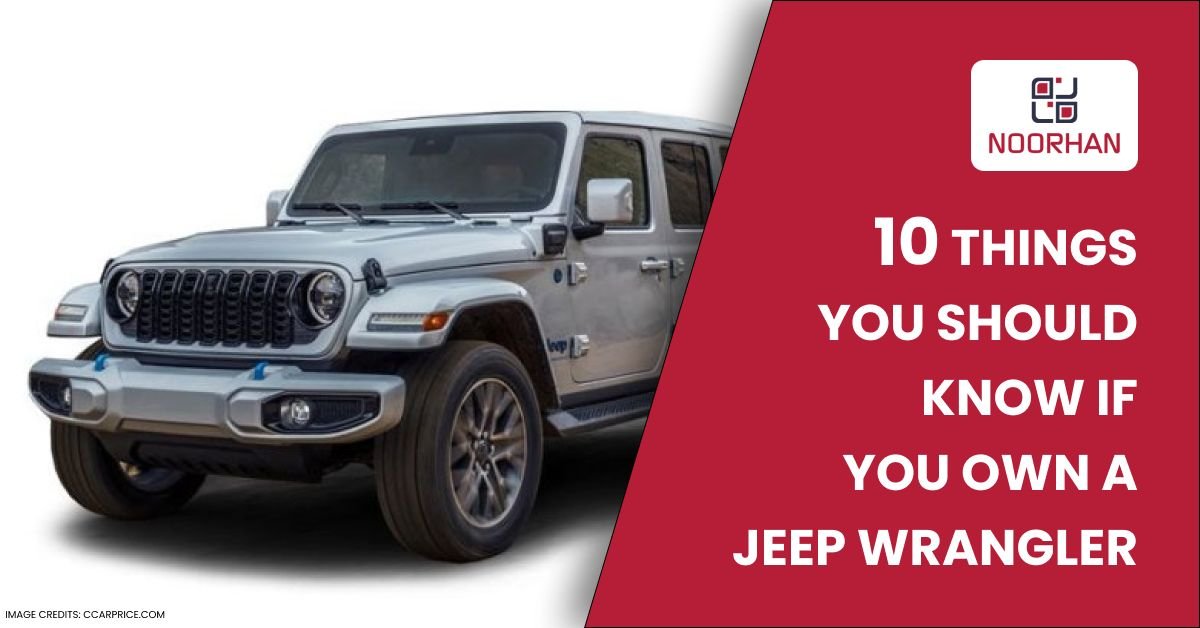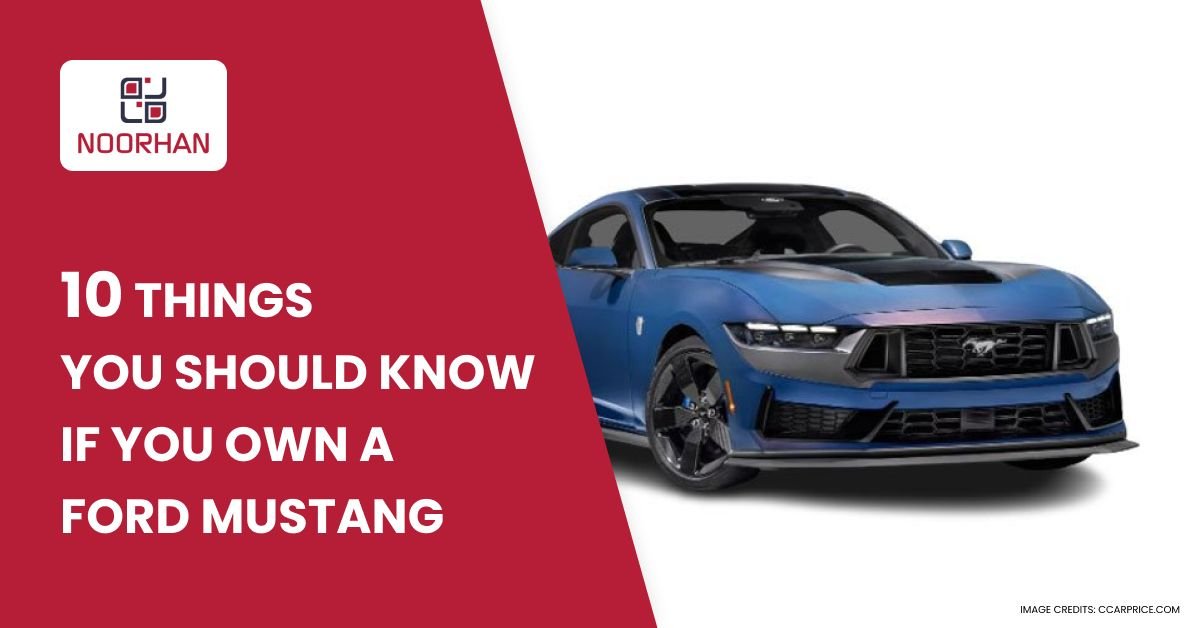Volkswagen Nomenclature: How Volkswagen Names Its Models?
Volkswagen, popularly known as VW, is a car manufacturer based in Germany that was established in 1937. Throughout the course of its history, Volkswagen (VW) has evolved into one of the most well-known and well-respected car manufacturers in the whole world. VW is renowned for the quality engineering, forward-thinking designs, and high-performance cars that it manufactures.
The distinctive nomenclature, or naming system, that Volkswagen employs for its cars is a fascinating feature of the company’s brand. The traits and attributes of each VW model are taken into account when choosing a name for the car, and several of these names have achieved legendary status in their own right. In this article, we will investigate the nomenclature of VW by looking at the history that lies behind the names of some of the company’s most renowned models and analysing what those names signify.
How does Volkswagen name’s Its car models?
When it comes to naming its cars, Volkswagen, like many other manufacturers, has a unique system for naming its models. Many of the names in the company’s nomenclature are taken from either nature, mythology, or geography, reflecting the company’s commitment to both innovation and tradition in its naming standards.
The following are some examples of how Volkswagen names its various models:
Letters and Numbers:
Some VW models have names that are a mix of letters and digits. These names can be found on the Volkswagen website. For instance, the Golf “GTI” refers to “Grand Tourer Injection,” which is the model name of the Volkswagen Golf GTI. The size of the engine is denoted by the numbers that are included in the name; for example, the GTI has a 2.0-litre engine.
Nature:
The German automaker Volkswagen has a long tradition of naming its cars after different aspects of nature. For instance, the beetle was named after the bug, whereas the golf was named after a warm ocean stream called the Gulf Stream. The term “passat” in German refers to the trade wind, which is a particular kind of wind that sweeps across the Atlantic Ocean.
Mythology:
Mythology has also served as a source of creativity for VW when it comes to naming its automobiles. The Phaeton is named after the son of the Greek deity Helios, who was responsible for driving the chariot of the sun in Greek mythology. The “Touareg” is named after the Tuareg tribe of North Africa, who are well-known for their tenacity and resiliency.
Geography:
VW has also given their cars names based on locations in various parts of the world. The Volkswagen Jetta, for instance, gets its name from the German term for “jet stream,” while the Volkswagen “Amarok” gets its name from a mythical enormous wolf in Inuit culture.
Volkswagen’s unique nomenclature reflects the company’s commitment to tradition and innovation. By drawing inspiration from a wide range of sources, including nature, mythology, and geography, Volkswagen has created a diverse and memorable lineup of cars. As the company continues to innovate and evolve, Volkswagen will likely continue to explore new ways of naming its models that capture the spirit of the brand while appealing to consumers around the world.
The evolution of VW Nomenclature
The following is a list of information on the development of Volkswagen’s nomenclature and how it has changed over the course of time:
Early models:
Volkswagen’s first car, the Beetle, was given its name because of its unique appearance of the car. Some early models, like the van known as the Type 2, were given names that reflected the tasks they were designed to fulfil (in this case, as a commercial vehicle).
The 1970s and 1980s:
During this time period, VW started giving their cars more alphanumeric names, such as the Golf GTI and the “Passat”, “GLI”, for example. These names were chosen with the intention of conveying information about the cars’ technical characteristics, such as the size of their engines and their levels of performance.
The 1990s and 2000s:
In the 1990s, Volkswagen introduced a number of fresh models, such as the New Beetle and the “Touareg”, both of which were named after the original Beetle and the Tuareg people of North Africa, respectively. In the 2000s, Volkswagen kept launching new models, such as the Tiguan, which was named after the Tiguan people of South America. These names indicated a trend away from simply technical names and towards names that were more expressive and aspirational in nature.
Recent years:
In recent years, VW has maintained its practice of giving its cars names that include both numerical and expressive features. For instance, the “Arteon” was given its name by combining the words “art” and “eon,” which is a reference to the vehicle’s artistic design as well as its long lifespan. On the other hand, Volkswagen’s new ID. line of electric vehicles, which stands for “Intelligent Design,” includes the ID.4 electric SUV.
Future direction:
Volkswagen has clarified that it will be launching more electric vehicles in the coming years, and it is likely that these new models will have names that reflect their eco-friendly credentials. The direction of the future Volkswagen has stated that it plans to introduce more electric vehicles in the coming years. In addition, as the car industry continues to undergo transformations, VW may investigate other methods of naming its vehicles to better represent the shifting tastes and expectations of customers.
The evolution of Volkswagen’s nomenclature has been shaped by various factors over time, from technical specifications and intended use to emotional appeal and eco-friendliness. As Volkswagen continues to innovate and adapt to changing consumer preferences, the company will likely continue to explore new ways of naming its cars that reflect these changes. Nonetheless, the legacy of iconic names like the Beetle and the Golf GTI will always be a part of Volkswagen’s rich history and cultural significance.
Conclusion:
Finally, Volkswagen’s naming system reflects the company’s commitment to both heritage and innovation. VW has built a wide and distinctive lineup of cars by employing letters and numbers as well as pulling inspiration from nature, mythology, and geography. Volkswagen’s naming system has evolved through time to reflect how the manufacturer has responded to evolving customer tastes and expectations while maintaining the history of classic names such as the Beetle and the Golf GTI. As Volkswagen continues to develop and release more electric cars, the manufacturer will most likely experiment with new ways to name its cars that represent their eco-friendliness while capturing the essence of the brand. Whatever the future holds, Volkswagen’s unique naming system will remain an important aspect of the company’s history and cultural importance.
Where can you buy Volkswagen Spare Parts in Dubai?
Volkswagen Spare Parts are available at different suppliers and dealers of auto spare parts in Dubai. Noorhan is amongst the leading brands that deal with genuine auto spare parts and aftermarket parts for different car brands, including BMW, Mercedes, Audi, Porsche, Honda, Toyota, Nissan, Mazda, Jeep, Ford, and other Japanese, European, American, Korean, luxury cars brand.
If you’re looking to replace your Volkswagen spare parts with high-quality aftermarket parts in Dubai, Noorhan can help you.



